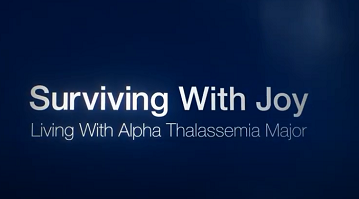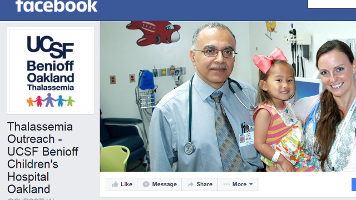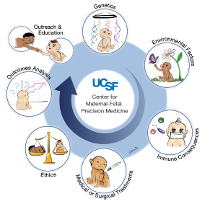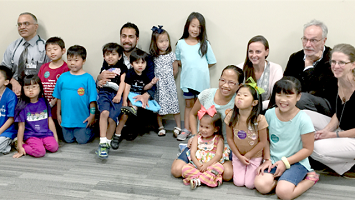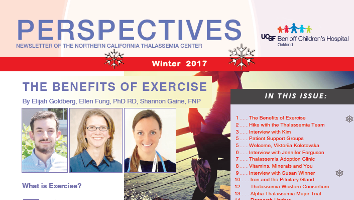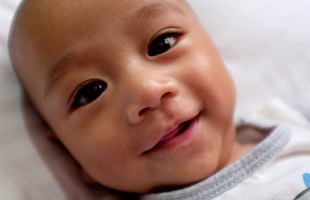HEMATOPOIETIC CELL TRANSPLANTATION
Hematopoietic cell transplantation (HCT) is the only treatment that offers a potential cure for thalassemia at this time. HCT relies on high-dose chemotherapy to eliminate thalassemia-producing cells in the marrow and replaces them with healthy donor cells from bone marrow or umbilical cord blood, usually taken from a human-leukocyte antigen (HLA) match: an identical sibling. This therapy should be considered for all patients who have a suitable donor. Early referral to a transplant center is recommended, as HCT has a better outcome in younger patients.
Patients are classified before HCT as Class 1, 2 or 3 patients on the basis of risk factors that influence outcome after HCT. These risk factors include:
- age of the patient
- adequacy of chelation
- the presence or absence of liver fibrosis
- the presence or absence of hepatomegaly
The overall thalassemia-free survival of low-risk, HLA-matched sibling stem cell transplantation patients is 85 to 90 percent, with a 95 percent overall survival. While not as effective, new approaches to Class 2 and 3 patients have significantly improved their overall survival. The problems of rejection and engraftment in these patients are improving with the use of more intensified immunosuppressive therapy.
If HCT is considered, patients should be referred to the nearest transplant center with experience in HCT for genetic diseases. The liver, lungs, heart, and skeleton are particular targets of complications of thalassemia and chronic transfusion. The following studies must be done before HCT.
- A staging of liver fibrosis and inflammatory lesions by liver biopsy, as per the Knodell numerical scoring system (Knodell, R.G., et al. Hepatology 1 [1981]: 431.), with measurement of LIC
- A measurement of hepatic, cardiac, endocrine, renal, and pulmonary function
- A dental evaluation and restoration
Iron overload after HCT
After a successful HCT, continuous treatment of preexisting iron overload is indicated.
After an HCT, a phlebotomy of 5 cc/kg per month should be performed until liver iron is less than 7.5 mg/g dry weight. For patients on whom phlebotomy cannot be performed, iron chelation therapy using deferoxamine is also effective, but more cumbersome and expensive than phlebotomy.
If the pre-transplantation liver biopsy was performed more than two years before starting phlebotomy, consider repeating a measurement of the LIC by noninvasive methods or by liver biopsy to confirm the baseline liver iron level. Measurement of LIC by noninvasive methods or by liver biopsy should be continued every 12 to 24 months to monitor the response to the phlebotomy. A post-HCT phlebotomy should be performed if hepatic iron before the HCT exceeds 7 mg/g dry weight, or if ferritin is greater than 2,000 ng/mL.
Experimental HCT
Since HLA-matched sibling transplantation in healthy thalassemia patients offers a very high cure rate, stem cell options for families without matched siblings are being studied. Most patients do not have an HLA-matched sibling. Experimental trials with unrelated, matched umbilical cord blood or stem cell transplantation are being conducted. Alternative immunosuppressive preparations and therapy are being studied to decrease graft-versus-host disease and improve graft survival. Pregnant mothers of affected children are more frequently undergoing prenatal diagnosis for thalassemia and determining a fetal HLA typing on the prenatal sample. If there is a match with the sibling, the umbilical cord blood cells can be stored for transplantation. An experimental procedure called pre-implantation genetic diagnosis is an option available for preselected HLA-compatible donors of affected siblings.

